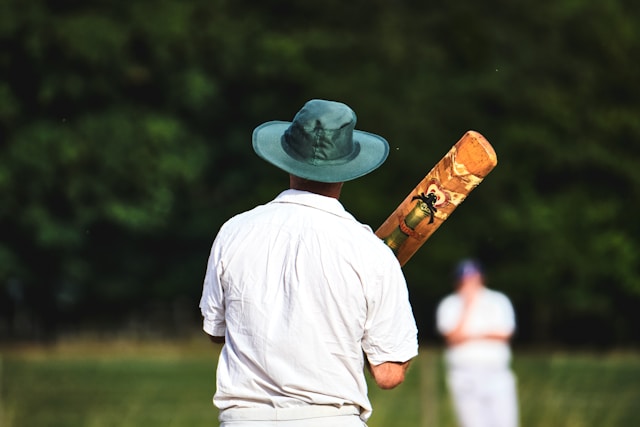The journey of women in sports has been monumental; a brandished walkway, filled with record setters and barriers shattering. Women have come a long way in the sports arena during the last century, breaking social and institutional barriers to leave their mark on athletics. In an article by The Washington Post, comes the history and overall representation of women in sports from their gender-bending roots to Title IX.
1. Pioneer and Trailblazer in the Beginning
Women have been playing sports for a very long time, and really it started with the pioneers who broke all societal rules to lay a foundation that other generations would build on. In the late 19th and early 20th centuries, women such as Charlotte Cooper who became champion of tennis at the first Olympic games where female contestants were allowed to participate in Paris (1900), or Babe Didrikson Zaharias — a multi-sport pro unbeatable not only on golf course but also in basketball while running away with track & field records challenged these corseted norms. Their success was a key indicator that women could perform and succeed on one of sports biggest stages.
2. Emergence of roles for women professionals
The creation of organized sports for women was a key milestone in the development of female competition. The Women’s National Basketball Association (WNBA) was founded in 1997, the first entry of a professional women’s basketball league formed in the United States. The Women’s Soccer League (WSL) founded in 2011 in the UK has also allowed female soccer players to exhibit themselves and their skills on a global capacity as well. Along with this, it has also increased the recognition of women sports and have given an opportunity to athletes to actually continue their careers professionally.
3. The Powerful And Massive Effect Of Title IX On Women’s Sports
Some women’s sports in the most developed countries were reborn around the time of Title IX passing into law–e.g. Title IX — A federal law that prohibits sex discrimination in educational programs and activities, including sports. This law dramatically expanded opportunities for female participation in athletics, with schools required to offer equivalent resources and backing. Therefore, this popularity resulted in more female participation at the collegiate level which also brought us a competitive environment.
4. Iconic moments and accomplishments
Women throughout history have had breakthrough performances that rocked the world of sports. Take for example Serena Williams; a 23-time Grand Slam singles champion that has gone on to write her name into the history books and become one of the most iconic athletes in world sport. Track and Field Florence Griffith-Joyner’s 1988 world records in the 100 (10.49) and 200 meters still stand These players have inspired greatness in their sport and proved that women are a force to be reckoned with on the field.
5. Challenges and remembering to persevere
Although we have come a long way, women still face certain barriers and inequities in sports. Challenges remain, from pervasive feminised wages to limited media coverage and commercial support. The gender pay gap is especially present in terms of professional sports, with female counterparts to male athletes making considerably less money on average. There are low-placed media coverage in women´s sports available, meaning that this affects the visibility and growth of female athletics. Overcoming these challenges will take long term advocacy and systemic reform, in order to afford all athletes the same opportunities.
6. Social Media and Advocacy
Social media has become a powerful lever for women sports promotion and reform. Athletes can reveal themselves to fans online — through more substantive posts that engage a little humanity and empathy, no matter the length of characters or posting types on various platforms like Twitter and Instagram (including TikTok). With the rise of social media, initiatives like #MeToo and equal pay campaigns spark conversation in sports. This has enabled female athletes to speak up and create a better future for women in sports.
7. Role Models and Mentors
Inspirational role models and mentors are important in empowering the next generation of female athletes. People like Mia Hamm, who played a leading role in bringing the U.S. women’s national soccer team their World Cup titles; and Simone Biles, whose performances have raised the bar for potential greatness in gymnastics — both stand as living testaments to what is attainable here. From their accomplishments and leadership, young women will be inspired to compete in sports regardless of adversities.
8. The Future of Women’s Sports
A bright future awaits in women’s sports as female athletes have more to look forward, clubs and fans are stepping up on their end. Moves to boost gender equalit in sportThe rise of initiatives around funding, media coverage and diversity efforts are gaining traction. The growth of women’s sports is a testament to the skill and resilience of female athletes but also mirrors greater societal shifts in gender parity.
In short, the journey of women in sports is a tale of shattering glass ceilings and breaking new ground for those to follow. Iconic female athletes — from early pioneers to modern day superstars, have captivated us with their awe-inspiring skills and unbreakable fighting spirit. By perpetuating and promoting the success of women in sports, we help build a more gender egalitarian sporting environment for everyone.


